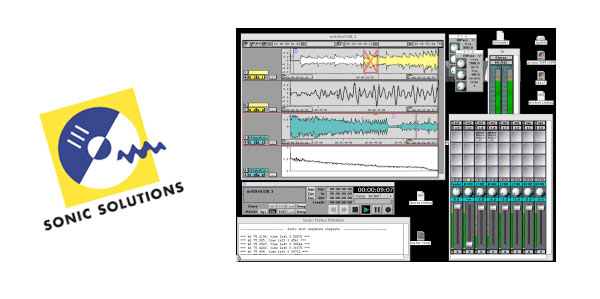SRC: The Ups and Downs
You’re probably already familiar with the following PCM sample rates: 44.1, 48, 88.2, 96, 176.4 and 192 kHz. And you might even be aware of the latest addition to the “bigger is always better” sample rate of 384 kHz. But there are others that you may not have heard about. These include 8, 11.025, 22.050, 32, 44.056 and 47.994 kHz. And there are more.
Let’s start with 44.1 kHz, the standard sample rate of the ubiquitous CD-Audio format. When I first purchased my Sonic Solutions CD Pre Mastering Digital Audio Workstation in the summer of 1989, I paid $44,100. I thought it was somewhat poetic that the folks at Sonic put the price at the sample rate of the format that they were targeting. But I paid the money, acquired the ancillary hardware to run their million lines of code and went into business as the Pacific Coast Sound Works. It wasn’t my first business but it was the definitely the one that required the most start up capital.
The sample rate of compact discs wasn’t initially 44.1 kHz. The 44.056 number was the result of using available NTSC video technology (the only machines capable of capturing the bandwidth needed for 2-channel PCM encoded audio), which used a frame rate of 29.97 Hertz (cycles per second). After some simple math (490 * 29.97 * 3 = 44055.9 Hz) involving the number of lines/frame (525 minus 35 for vertical sync and overhead), the frame rate and the use of 3 PCM audio samples per line equals the 44.056 kHz number.
The European television format known as PAL runs at 25 fps and uses 625 lines…it’s actually better than the NTSC flavor used in the U.S. and Japan. Doing the math using these numbers results in (588 * 25 * 3 = 44,100 Hz). There are 37 lines dropped from the 625 number for sync and overhead.
When the research teams at Phillips and Sony got together, they agreed upon the 44.1 kHz number. Although, the early Sony F1 Digital Audio Recording system that used a standard NTSC video recorder to store the digital data digital ran at 44.056 kHz. The Sony team also had to be convinced to adopt 16-bits over the proposed 14 bits in their early design.
I can recall numerous occasions when I had to do a conversion from 44.056 to 44.1 kHz when pre mastering a CD. If the engineer used a Sony F1 processor to record the sessions, the sample rate would not be at the Redbook or CD standard. Of course, lots of CDs were released with the original 44.056 kHz rate simple reclocked at 44.1 kHz. This resulted in a very slight speed increase AND a pitch shift of less than a quartertone. Who’s going to notice, right?
Musicians with perfect pitch…that’s who will notice.
Many years ago, I worked on a project for a San Francisco based audio engineer. He had recorded a contemporary trio consisting of violin, clarinet and percussion for the new music label New Albion. I loaded the digital files into my Sonic Solutions DAW and output a finished Sony 1630 CD master tape. When the violinist finally heard the replicated CDs, she freaked out because the pitch had been raised. No one had told me that the original source files needed to be sample rate converted to 44.1 kHz.
The discs were trashed and the entire job redone…at the engineer’s expense. Ouch.
To be continued…

